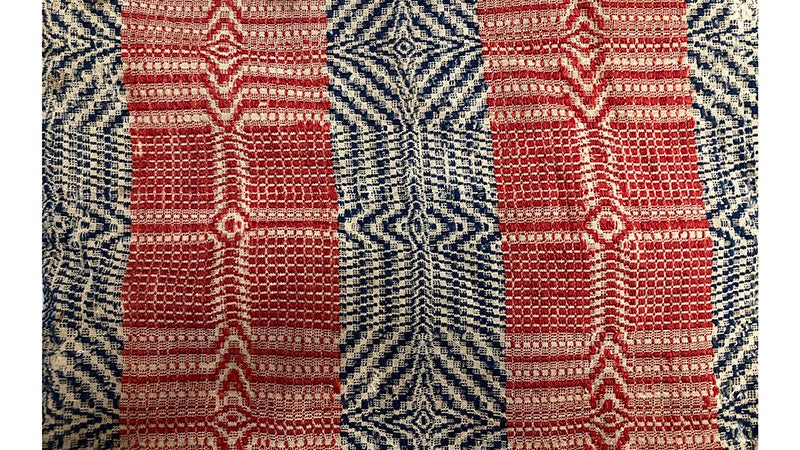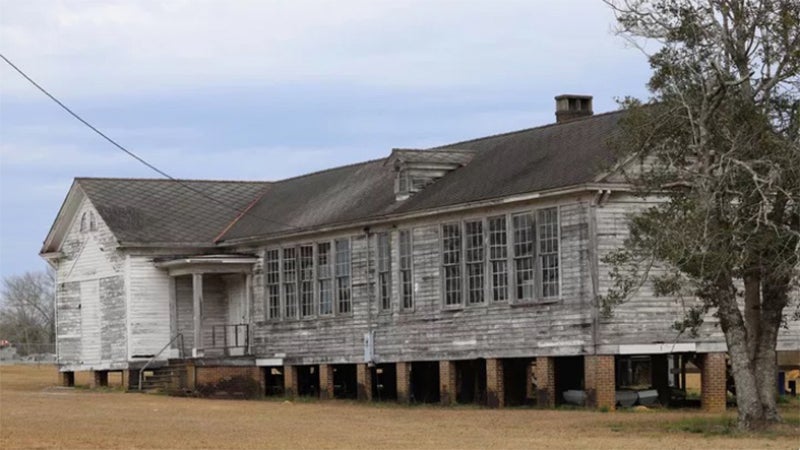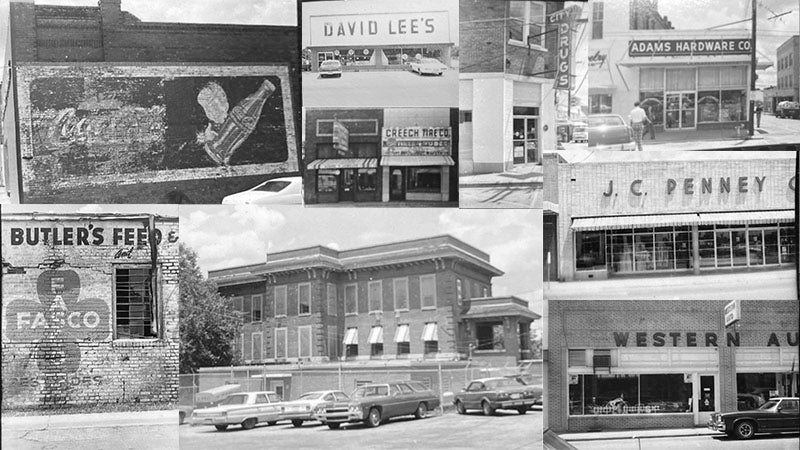Remember when: Front porches, sidewalks
Published 12:07 pm Saturday, May 14, 2016
“I don’t want to play in your yard, I don’t like you anymore,
You’ll be sorry when you see me sliding down your cellar door.
 You can’t holler down our rain barrel, You can’t climb our apple tree. I don’t want to play in your yard, If you won’t be good to me.”
You can’t holler down our rain barrel, You can’t climb our apple tree. I don’t want to play in your yard, If you won’t be good to me.”
This slow waltz tune was popular when my mother, Marge Brunson Bass, was growing up in Andalusia in the 1920s. I found the original sheet music in a flea market sale and can still hear my Aunt Caroline Brunson Caton playing it on the piano after dinner in Grandmother Foye Mathis Brunson’s living room. What a blessing it was to grow up in a “front porch sidewalk neighborhood” back in that era.
Mama told me all about children in those days in a typical Southern setting.
The boys and girls had plenty to do.
Neighborhood kids played until after dark. Her mother would call for her and her brother to come home. “Marjorie, Charlie Boy, come home!” The next door neighbor’s parrot would mimic that call! The parrot was also trained to sing “The Star-Spangled Banner” to the delight of all the children!
The boys would roll each other around in rubber tires. Chinaberry tree berries made excellent blow guns! Playing marbles and walking on stilts was popular just like “the gang” in “The Little Rascals” movies! Climbing trees and rolling down banks was so much fun! Hopscotch, spool toys, and bicycles were fun that is if you had one! There were downtown movies on Saturdays (after 1920, she said) and the cowboy and serial movies with “to be continued” episodes drew everyone back to the movie house next week! Mother’s brother, Charlie Boy, had a dog named Pete who loved to eat mild stoppers from the glass milk and cream jars that were delivered by the milk man.
Just about every boy had an outside dog for a pet.
Girls loved to play dress-up! Mom and her friend Ethel Mae Holley Walker rummaged through an old trunk in the attic looking for props after which time they both “came down” with scarlet fever, one of the dread diseases of the time.
Their young friend, precious five-year old Dorothy Thweatt, who looked like red-haired curly headed Annie, stumped her toe on a tree root and succumbed to blood poisoning sadly ending her short life on earth. “All of us little girls on the street served as junior pall bearers. Our mothers made us white hand-sewn dresses for the occasion,” Mother remembered for a lifetime.
Infant deaths were common as evidenced as one walks through the historic Magnolia Cemetery observing dates of deaths on tombstones. Whooping cough, pneumonia and consumption, the seven-year itch, hook worms, typhoid fever, hives, jaundice, and thrash or thrush, and head lice plagued many. The world-wide flu epidemic of 1918 wiped out even a lot of locals devastating families.
The late Mr. James Arthur Wilson once stated that “children would wear around their necks a rag or piece of sheet tied up in a ball which contained medicine that stunk to heck and back called ‘asfoetida’ or ‘asafetedia’ that was supposed to get rid of head lice!” He recalled walking to school with this concoction.
Medicines were castor oil and calamul for “spring cleaning!’
Children were often quarantined when they were sick. The health department would post a sign “KEEP OUT BY ORDER OF STATE HEALTH DEPT.” Mother’s sister was quarantined at the Brunson’s City Hotel when she had the measles in the 1920s.
In 1924, the World Health Organization of New York City sent Dr. Wilbur Sawyer, a key figure in preventative medicine, to Andalusia for several months studying hookworms and malaria in an effort to help the public health department.
Sawyer photographed the courthouse public square which he admired and wrote letters home to his wife: “Andalusia is a nice Southern town. I board where I receive good meals with the company of a bevy of school marms for $1.25 per day.
(This was the Rankin home on East Three Notch Street. It later became the E. R. Merrill home and eventually residence to the Merrill’s daughter Frances and husband Floyd Scarborough.)
Soda fountain drinks are five cents each down here and the school buildings are fine with big grounds. The people have real Southern pride. Everyone invites you to church and then notices whether you have gone and comments on it. You must have chicken and dumplings on Sunday noon. ‘Tis gravy that makes the grits go round!… You can build a marble courthouse but you can’t keep off the spit!… Answer me one question, why do things cost about twice as much in New York as here?”
Director of Laboratories for the Rockefeller Foundation established in 1913, Dr. Sawyer wrote: “Dear Margaret, If you saw the rivers of tears I am shedding, you would sit right down and write me a letter with a sponge or blotter enclosed.
Yesterday Dr. Smillie and I drove out in the country to investigate thyroid and tuberculosis cases. Rural Queenslanders live in palaces compared to the rough cabins of the farms here. You can barely imagine the depths of ignorance and physical degradation of many. We went to see a case of TB in the mother of the family. We found that the husband had died of TB. Her 18 year old daughter had advanced TB. Her 16 year old daughter was in bed with the survivor of a pair of twins born four days before. An assortment of younger children and grandchildren were floating about the place…”
Sawyer and others in the public health movement of the early 1900s discovered that poverty, ignorance, and vice often went hand in hand with disease and poor health. The RF eventually funded schools of medicine, nursing, and public health to provide trained staff for public health programs around the country. Sawyer’s letters and his papers can be accessed on line under Profiles in Science – National Library of Medicine. Thanks to Debra Brown who formerly worked at Hart’s County Store who found the courthouse photo on the computer and who shared this information with this writer.
What a priceless artifact that 1924 courthouse picture is that added and enriched the Three Notch Museum collection of Old
Andalusia photos! More to follow on “CHILDREN AND OLD TIMES” in articles to follow!





